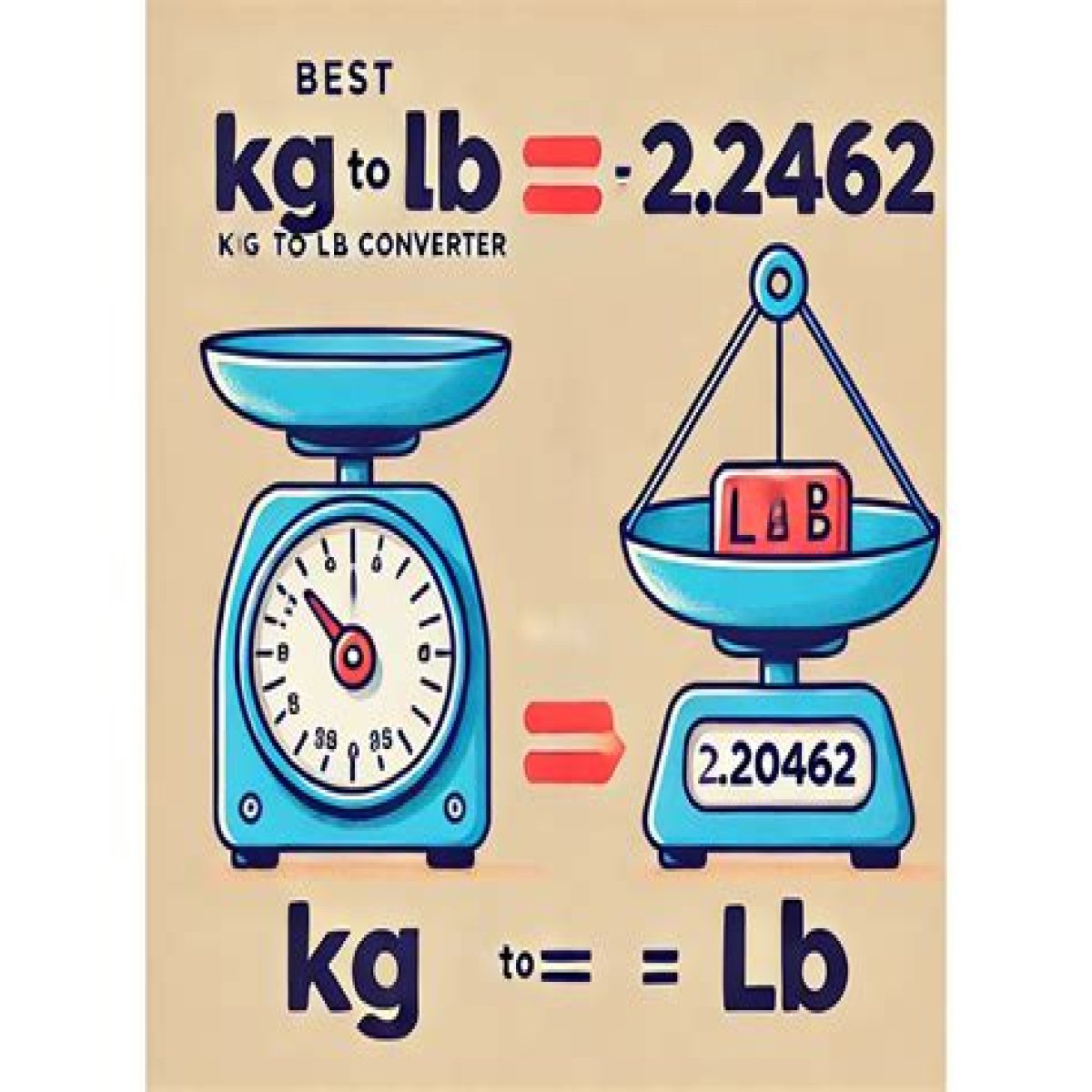1.74 kg to lbs: A Unit Conversion for Mass
1.74 kg to lbs is a unit conversion for mass, where 1.74 kilograms (kg) is equivalent to 3.83 pounds (lbs). This conversion is useful in various fields, including science, engineering, and everyday life, where it helps to translate measurements between the metric system (kg) and the imperial system (lbs).
The metric system is the most widely used system of measurement in the world, while the imperial system is commonly used in the United States, United Kingdom, and a few other countries. Understanding unit conversions is essential for clear communication and accuracy in scientific and technical fields.
To convert 1.74 kg to lbs, you can use the following formula:
lbs = kg 2.20462For example, to convert 1.74 kg to lbs, we can use the formula:
lbs = 1.74 kg 2.20462 lbs 3.83Therefore, 1.74 kg is approximately equal to 3.83 lbs.
FAQs about "1.74 kg to lbs"
Here are some frequently asked questions about converting 1.74 kg to lbs:
Question 1: How do I convert 1.74 kg to lbs?To convert 1.74 kg to lbs, you can use the following formula:
lbs = kg 2.20462
So, 1.74 kg 2.20462 = 3.83 lbs.
Question 2: Why is it important to know how to convert units?
Knowing how to convert units is important for clear communication and accuracy in scientific and technical fields. It allows scientists, engineers, and other professionals to share and understand data and measurements, regardless of the units they are using.
Summary:
Converting units is an essential skill in many fields. The formula to convert 1.74 kg to lbs is: lbs = kg * 2.20462. Understanding unit conversions helps ensure accuracy and clear communication in scientific and technical disciplines.
Conclusion
Converting units is a fundamental skill in various fields, including science, engineering, and everyday life. Understanding unit conversions, such as converting 1.74 kg to lbs, ensures accurate communication and data interpretation across different measurement systems.
The ability to convert units empowers individuals to effectively navigate and contribute to scientific and technical disciplines. It enables clear communication, facilitates collaboration, and promotes accuracy in data analysis and decision-making.
The Ultimate Guide To Kimberly Guilfoyle's Plastic Surgery JourneyUncovering Madison Shamoun's Age: How Old Is She?Patrick Hamilton: The Sinister Killer | Chilling Crime Profile
